The Dirt
Helpful Videos
See More VideosBrowse All Posts
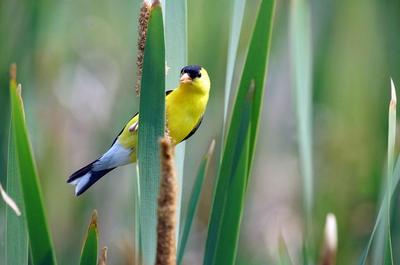
The Best Bird Plants: Native Plants to Attract and Support Birds in Your Yard
April 22, 2025

Plants to Attract Hummingbirds: A Native Gardener’s Guide to Hummingbird Magnets
April 21, 2025

The Ultimate Guide to Plants for Pollinators: How to Create a Thriving Native Garden for Bees, Butterflies, and Beyond
April 18, 2025

Why Pollinators Are Important — And How You Can Help
April 10, 2025
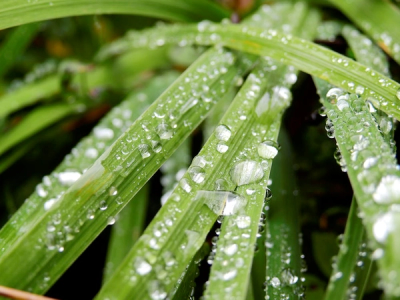
The Impact of a Native Garden: Transforming Lawns One Home Park at a Time
March 5, 2025
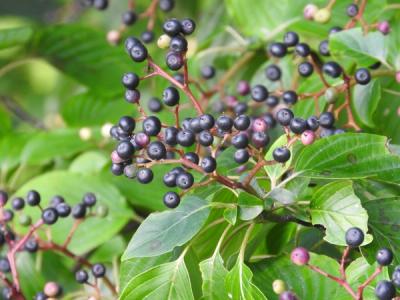
5 Common Myths About Native Plants—Debunked!
March 4, 2025
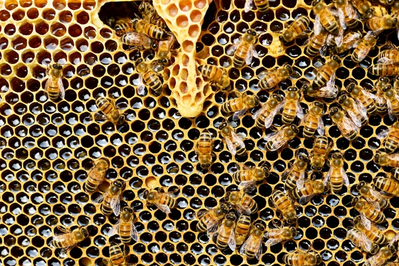
Pollinator Conservation: Are Honey Bees Mugging Bees and Native Plants?
March 3, 2025
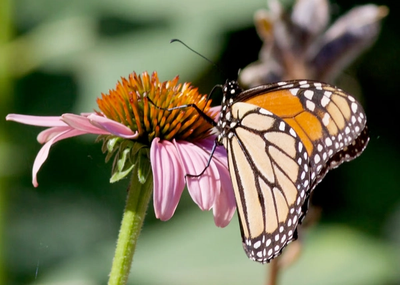
Native Gardening: Tips for Maintaining Your Garden
March 2, 2025
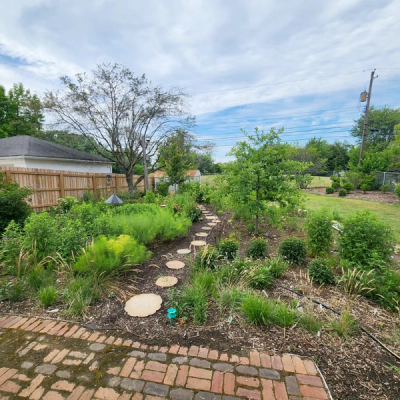
Native Gardens in The Media: How to Help Make Native Plants Mainstream
March 1, 2025

Stop Planting Butterfly Bush: You’re Killing The Monarch Butterfly
February 21, 2025
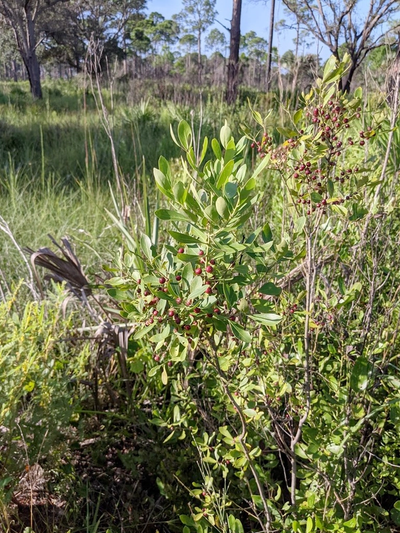
Stop Planting Boxwood Shrubs: Rescue Your Yard With Inkberry Holly
February 20, 2025

The Chelsea Chop: How and Why You Should Use this Technique
January 10, 2025
Stay Up to Date
loading...
- 1
- 2
- 3
- 4
- 5
- 6
- 7
- 8
Let's Get Growing!
Shop Gardens